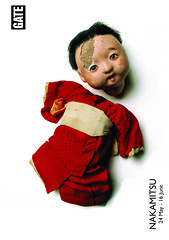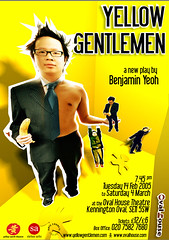Motor Town by Simon Stephens
Motortown by Simon Stephens
At the Royal Court, until May 20. Box office: 020 7565 5000
Directed by Ramin Gray with Hannah Eidinow assisting
I am still gathering my thoughts at the ideas behind Motortown.
It was very honest. It has some powerful scenes. The main character Danny and his brother were particularly compelling. However I felt that the play was slightly incoherent, slightly disjointed that the rules of Danny’s world did not quite connect together. Powerful and extraordinary but still disjointed. Then again the same could be said of Hamlet. Or time.
Having said that I would definitely recommend seeing it. The acting and production is superb, although I have some thoughts about it. See Lyn Gardner’s review here.
So rather than dissect why I felt the play was disjointed and I am going to talk about:
dancing chairs,
colour,
light,
Brecht,
space and boxing.
The honesty of the play was reflected in its directing. Actors are seen warming up on stage, with stage manager and backstage visible. We know this is a play. Brecht (amongst others was keen on this). How staged was this warming up? Perhaps some of it felt more for show than for real honesty of process. I am unsure. We catch our first glance of dancing chairs.
The lights are a large array suspended above a marked out rectangular space, with one huge directed floodlight on a bar at the back, which can riase and lower to change the timbre of the lighting. I notice this by about scene 2.
The space is like a boxing ring. Danny, the main character, fights either phyicall or verbally with lamost everyone he meets. They circle each other in this ring surrounded sometimes by nothing, sometimes by many cheap blue plastic chairs. The characters never leave th rectangle, they cower in the corner, they roam the pace, they meet, they part. The direction of the bouts appear honest within these rules.
Objects have a colour. Blood wiped away. Green petrol cans. Blue chairs. White light. Colour defines.
Scene changes are punctuated by choreographed movement of chairs between the actors. This gives the scene changes and play a consistency of form and movement. It also enables each scene to start in a very specific and defined way. When done well, it also helps the energy to carry from one scene to the next and involves all the actors in the manner of a holistic company. However, the dancing of the chairs seems arbitrary. Perhaps pretty to look at. But despite the benefits of linking with a movement of chairs, is it over-elaboration which subtracts from the clear delineation of the rest of the play?
Dancing is to walking as
Poetry is to talking
But does it help the music and the rhythm of the play?
comments
One Response to “Motor Town by Simon Stephens”


[...] Still, what is it with chairs at the moment (see my review of Motortown)? At least these ones didn’t dance, although were pretty integral to the design which was on the whole extremely good. [...]